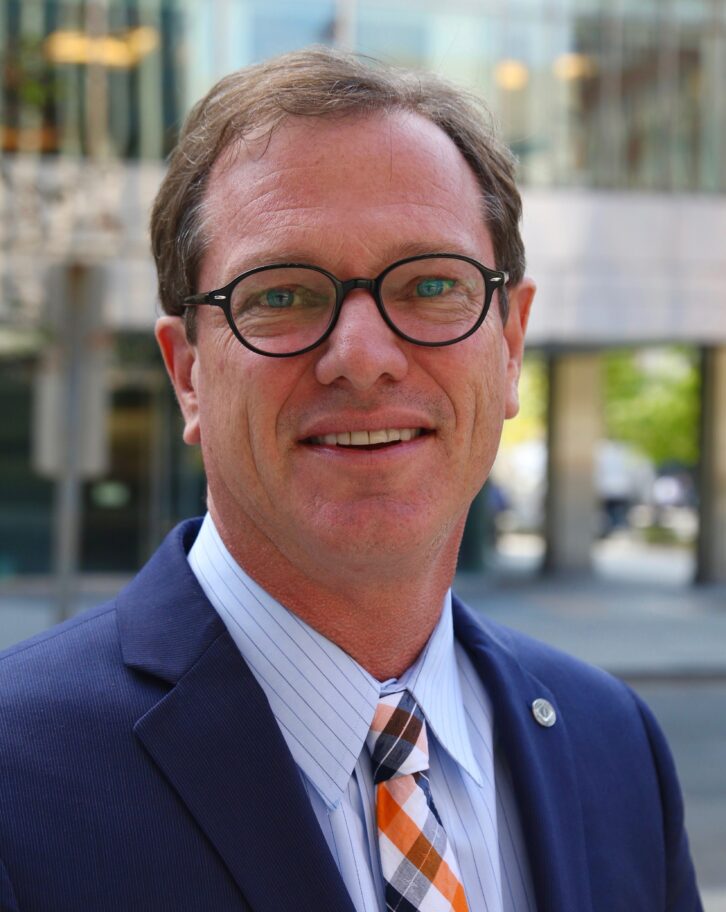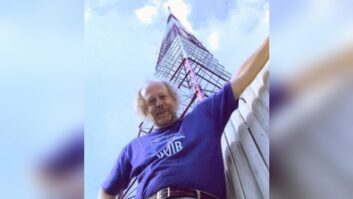A recent Radio World ebook, available here, explores “Maximizing RF Coverage.” This is an excerpt.
Bob Weller is responsible for developing and implementing spectrum policy for the National Association of Broadcasters. Prior to joining NAB, he was chief of technical analysis at the FCC and worked for 14 years as a consulting engineer.
 Radio World: What strategies have stations been using to maximize FM coverage or expand their presence?
Radio World: What strategies have stations been using to maximize FM coverage or expand their presence?
Bob Weller: Broadcasters and their engineering consultants are very creative at finding ways to gain listeners. A station’s main channel is usually the most profitable and the one that brands the station. So, getting the best possible coverage from the main transmitter is usually the most cost-effective strategy.
That could mean ensuring you’re getting the most out of your present site and studying alternative transmitter sites to see how they compare.
Translators and single-frequency networks can improve coverage but those options are very location-dependent. SFNs can only serve areas within your existing coverage contour, so it’s important to be sure that contour is maximized. SFNs can also create self-interference so it’s important to do detailed studies and testing.
Translators are less restrictive than SFNs in terms of location, but finding channels for translators is increasingly challenging.
RW: What advice would you give to a broadcaster who came to you and asked how they might go about maximizing coverage, expanding their signal footprint or maximizing existing spectrum?
Weller: The first step is to know where your listeners are. Once you know that, ask whether the station is at the best site to serve them. Then ask whether you can improve at your existing site by increased power or maybe a better tower position.
If not, consider whether there is a better site. A site close to the city center is not always the best choice. Commuters are usually a target audience, and you need to understand where they live and where they work and try to serve as much of that route as possible.
RW: What about strategies to deal with coverage gaps and other signal challenges?
Weller: It’s important to know where the coverage problems are geographically, and what those problems are. Are you dealing with a weak signal, interference from another station, multipath distortion? Each of those problems usually requires a different approach. Terrain-obstructed areas are usually the best case for SFNs since the extent of interference is inherently limited. SFNs, a.k.a. boosters, are becoming increasingly sophisticated and can help fill in coverage gaps due to terrain.
Know your competitors. If your station has coverage gaps, your competitors probably do too. So there may be an opportunity for several stations to jointly develop a fill-in site and share costs. Or the fix that a competing station did might be a good choice for your station.
RW: What modeling tools are available to help?
Weller: There are lots of terrain-sensitive propagation modeling tools available today, and most consultants have a go-to favorite. An experienced consulting engineer will understand the limitations of the propagation model and understand what features are important to include (or exclude).
Longley-Rice is a popular model because it’s free and because the FCC uses it. Saying “I use Longley-Rice” doesn’t really tell you the whole story, though. What terrain database are you using? Are you considering clutter and morphology? How are you handling out-of-range errors? Do you have measured data for the antenna being studied? Are you considering interference from other stations?
All of those things affect the accuracy of the results, and there is no “right” choice for every station.
RW: You mentioned single-frequency networks; what should we know about them?
Weller: SFNs can create self-interference problems if they are not carefully engineered. It doesn’t take much time for a listener to become annoyed and tune away, so it’s important that you be certain that an SFN isn’t creating new problems. Even well-engineered SFNs don’t match real-world conditions, so field testing is often an important step prior to committing to an SFN design. An SFN means paying rent at multiple sites, so it’s important to test.
RW: Along those lines, how can any broadcaster assure that actual performance lives up to predicted coverage?
Weller: A simple drive test using the car radio is a good starting point to see if the station’s coverage matches your expectations. An engineered drive-test with a measurement receiver is the next step that can help confirm actual signal levels are as expected. If there are specific problems such as multipath, specialized equipment can help identify what’s causing them and point toward possible solutions. There are consultants who will fly your antenna with a drone aircraft, which is a great way to verify that the installed antenna is working as performed.
Read more stories on this topic in the ebook “Maximizing RF Coverage.”












